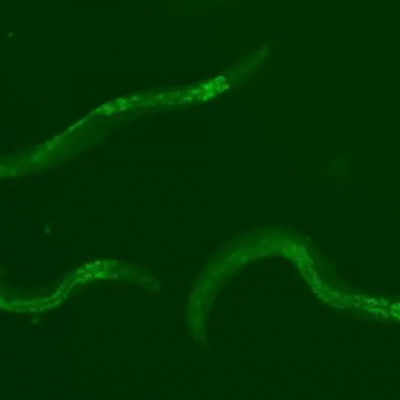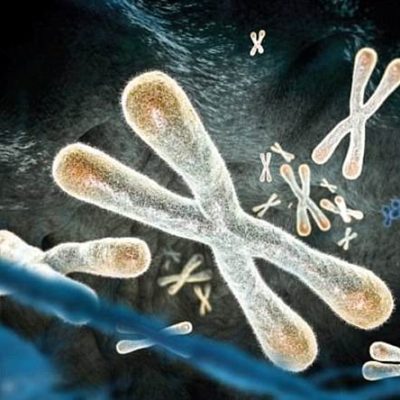In a groundbreaking discovery, scientists at the University of Innsbruck have found over 30,000 new viruses in the genetic material of single-celled organisms from an Austrian lake. The researchers were originally investigating the origin of new Polinton-like viruses, but expanded their study to include all microbes with known DNA sequences. Using a large-scale screening process, they analyzed whether and how much viral DNA was present in the genome of the single-celled organisms from the Gossenköllesee lake. The researchers were surprised to find that in some cases, up to 10% of a microbe’s genome consisted of hidden viruses.
The discovery sheds light on the prevalence of viruses in all forms of life, from bacteria to humans. While some viruses are always present but only occasionally cause symptoms, others integrate themselves into the DNA of their hosts. The researchers hypothesize that the high number of viruses found in the genomes of these microbes may serve as a defense mechanism against dangerous viruses. The recently discovered viruses also bear similarities to Virophages, which can modify giant viruses to produce additional Virophages, potentially preventing the destruction of host cells.
The study was conducted using the new Oxford-Nanopore technology, which allows for faster reading of DNA sequences. The researchers used the Supercomputer “Leo” at the University of Innsbruck to analyze the several hundred gigabytes of data collected. The discovery of these new viruses opens up new avenues for research into the role of viruses in the evolution and survival of single-celled organisms.










